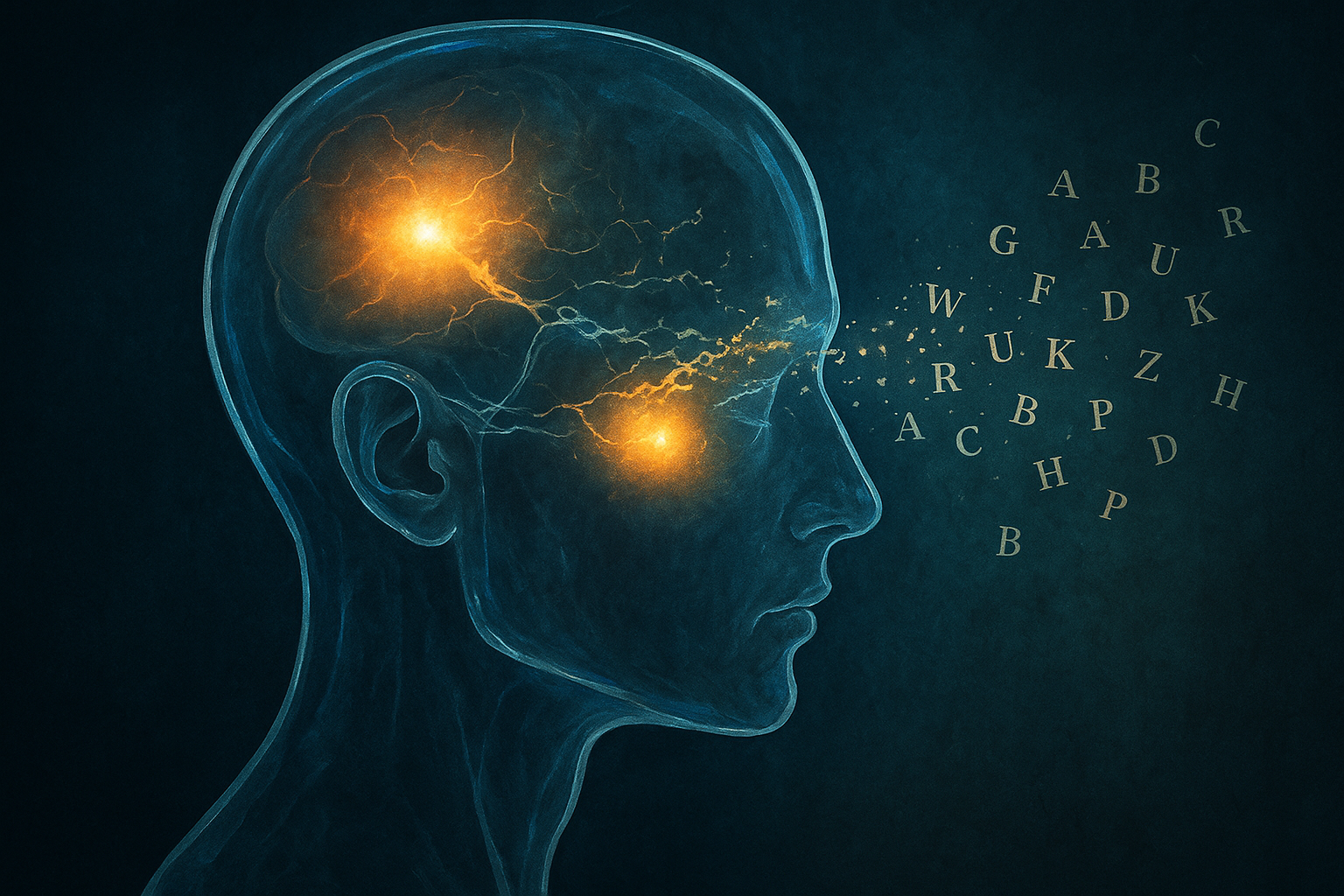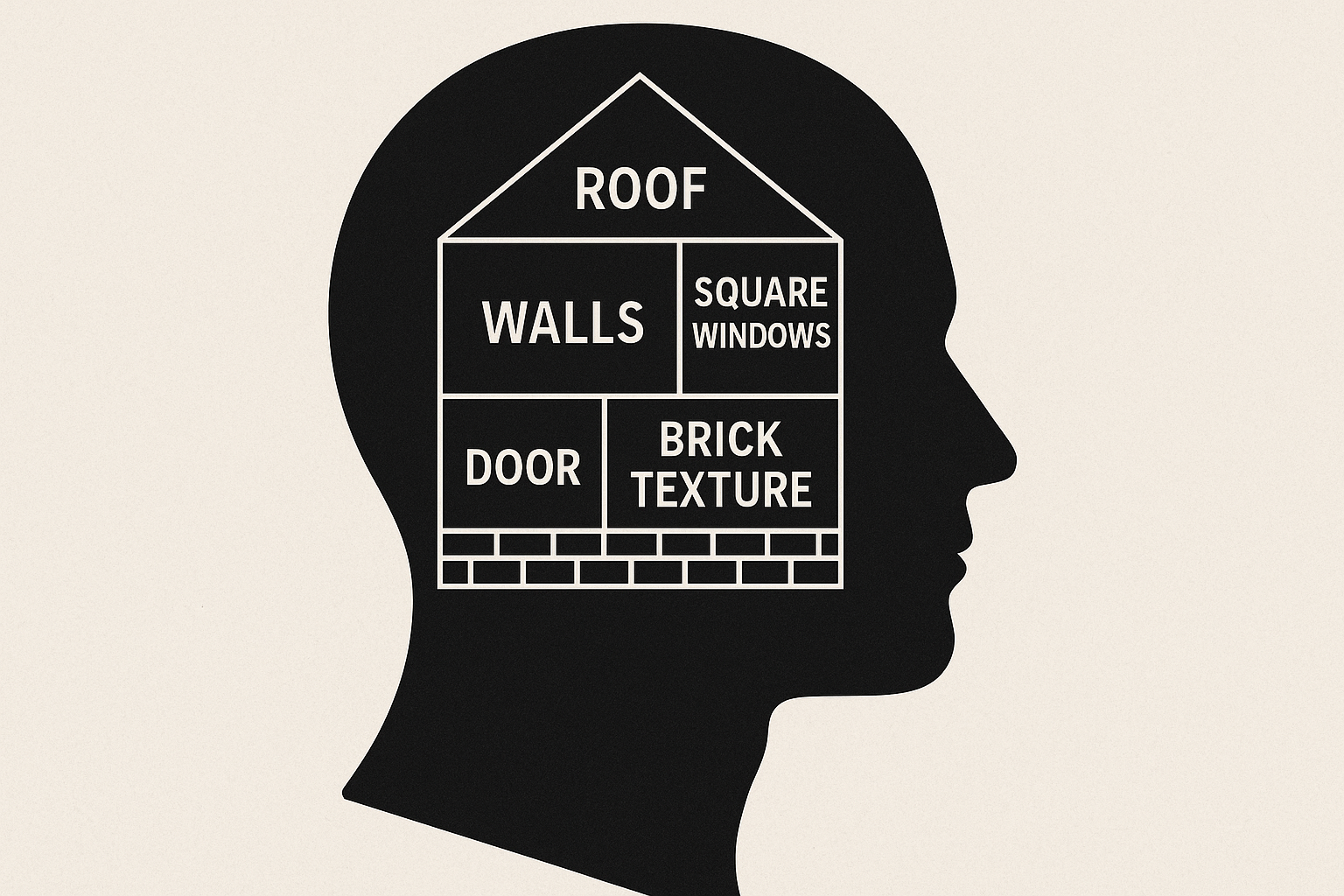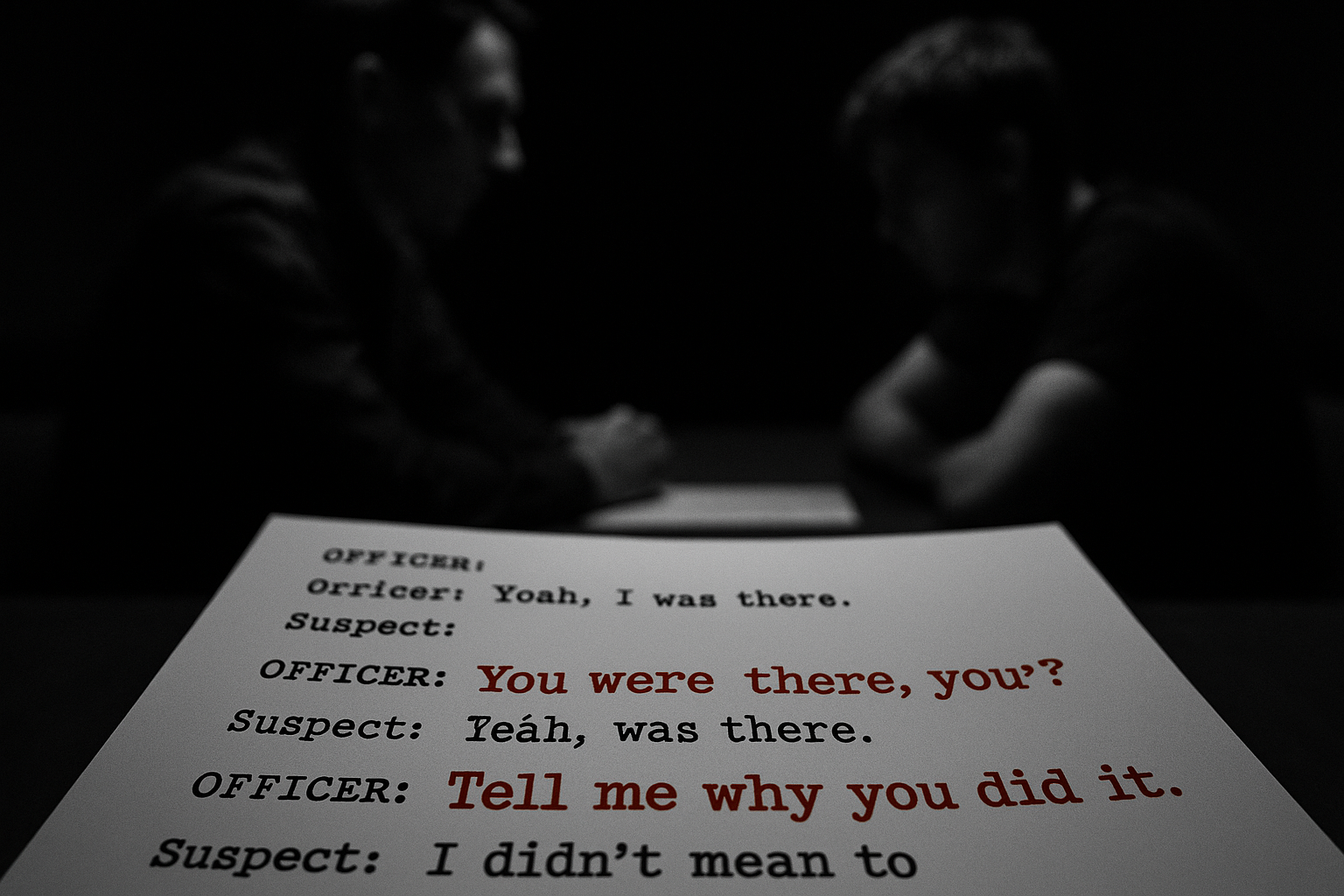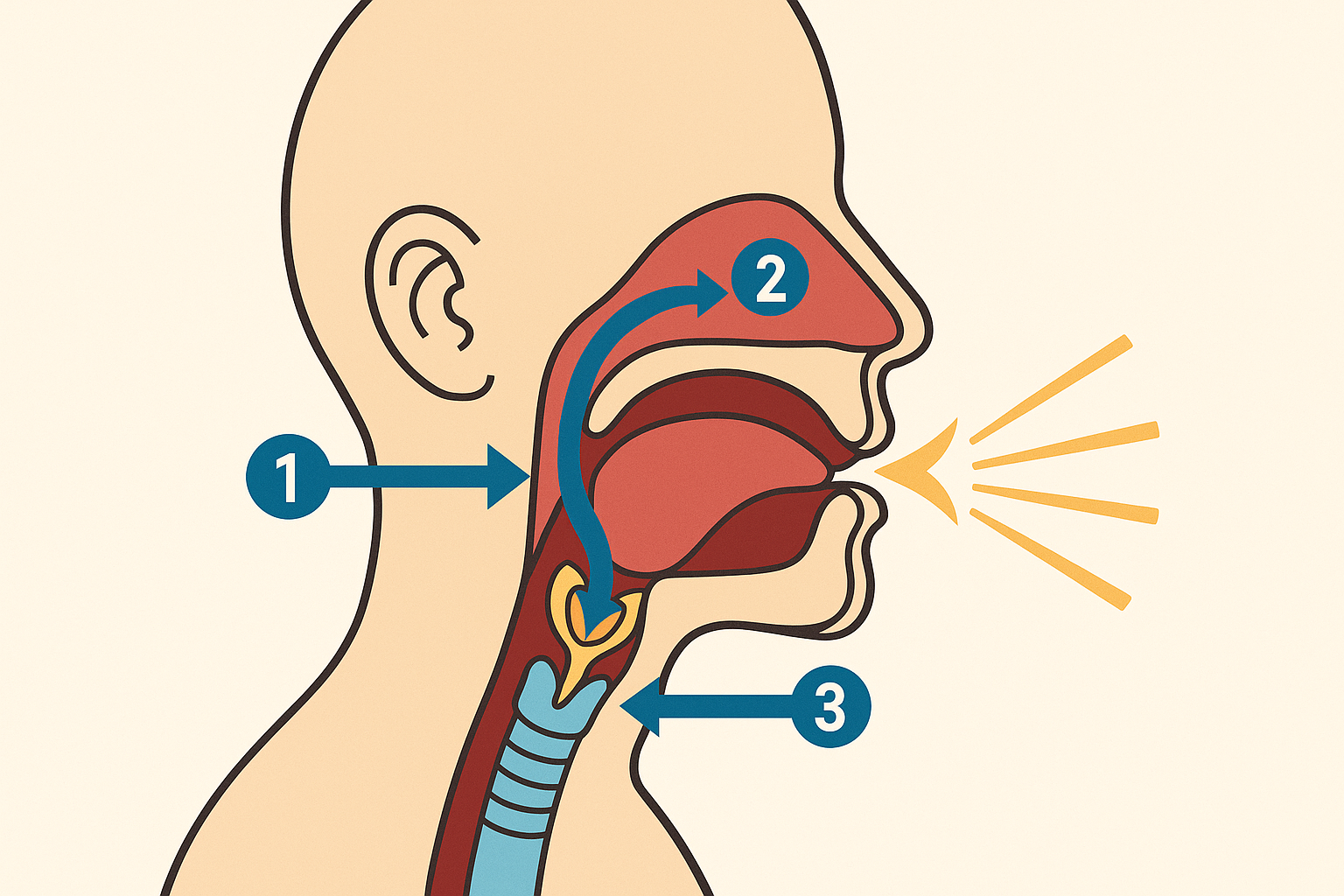Imagine the most ordinary of moments: you reach for a word to describe the color of the sky, to ask for a cup of coffee, or to call a loved one’s name. Now, imagine that word is gone. It’s not on the tip of your tongue; it has vanished from the intricate library of your mind, leaving a silent, frustrating void. This experience, in its many forms, is the daily reality for millions of people living with aphasia.
Aphasia is not a loss of intelligence or a psychological disorder. It is a language disorder that results from damage to the specific parts of the brain that handle language processing. Most commonly caused by a stroke, it can also arise from a head injury, a brain tumor, or a neurodegenerative disease. It can disrupt every facet of communication: speaking, listening, reading, and writing. To understand aphasia is to take a fascinating, and deeply human, journey into the very architecture of language in our brains.
The Brain’s Language Architects
For centuries, we knew that the brain was the seat of thought, but the idea that specific functions were housed in particular regions was revolutionary. In the 19th century, two neurologists, Paul Broca and Carl Wernicke, made groundbreaking discoveries that created the first reliable map of language in the brain. By studying patients with distinct language difficulties and then examining their brains post-mortem, they identified two key areas in the left cerebral hemisphere that were critical for language.
Their work revealed a profound truth: language isn’t a single, monolithic function. It’s more like a skilled orchestra, with different sections responsible for melody, rhythm, and harmony. When one section is damaged, the entire performance of communication is affected, but in very specific ways.
Broca’s Aphasia: When the Words Won’t Come Out
In 1861, Paul Broca met a patient who could understand everything said to him but whose only utterance was the single syllable, “tan.” After the patient’s death, Broca discovered a lesion in a specific part of the left frontal lobe. This region, now known as Broca’s area, is our brain’s production manager.
Broca’s area is responsible for converting thoughts into structured, grammatical sentences and coordinating the complex muscle movements of speech. When it’s damaged, the result is Broca’s aphasia, also known as expressive aphasia.
A person with Broca’s aphasia often experiences:
- Telegraphic Speech: They speak in short, content-heavy phrases, often omitting small grammatical words like “is,” “the,” and “an.” For example, instead of saying, “I am going to walk the dog,” they might say, “Walk dog.”
– Effortful Production: Forming words is a slow, halting struggle. The melody and rhythm of speech are lost.
– Intact Comprehension: They can usually understand spoken and written language quite well.
– Frustration: Crucially, people with Broca’s aphasia are typically aware of their difficulties. They know what they want to say, but they are trapped, unable to get the words out. The frustration can be immense.
It’s like a conductor whose musicians are ready and waiting, but whose ability to wave the baton and direct the symphony has been lost.
Wernicke’s Aphasia: An Ocean of Unmoored Words
Just over a decade after Broca’s discovery, Carl Wernicke identified a different kind of language problem. His patients could speak fluently, with perfect grammar and intonation, but their sentences were nonsensical—a jumble of real words, made-up words (neologisms), and irrelevant phrases. He traced this deficit to a region in the left temporal lobe, now called Wernicke’s area.
Wernicke’s area is our brain’s language comprehension center. It’s where we process the meaning of words we hear and read. When it’s damaged, the result is Wernicke’s aphasia, or receptive aphasia.
Characteristics of Wernicke’s aphasia include:
- Fluent but Meaningless Speech: The person speaks effortlessly, but the content is confusing and lacks meaning, a phenomenon often called “word salad.” If you asked how their day was, you might get a reply like, “Fine, the sky is running fast because the book was on the floor.”
- Severe Comprehension Difficulties: They struggle to understand what is being said to them, as if everyone around them is speaking a foreign language.
- Lack of Awareness: Unlike those with Broca’s aphasia, individuals with Wernicke’s aphasia are often unaware that what they are saying is nonsensical. They may become confused or paranoid when others fail to understand them.
This is like a library where all the books are still on the shelves, but their contents have been randomly swapped. The words are accessible, but their connection to meaning is broken.
Beyond a Tale of Two Areas
While the Broca-Wernicke model is foundational, modern neuroscience shows us that language is even more complex, managed by a vast network of interconnected pathways. This gives rise to a spectrum of aphasias:
- Global Aphasia: Caused by extensive damage to the brain’s language centers, this is a severe impairment of both speech production and comprehension.
- Anomic Aphasia: The primary symptom is a persistent word-finding difficulty. The person’s speech is fluent and grammatical, but they struggle to name objects, people, and places. It’s that “tip-of-the-tongue” feeling, but constant and debilitating.
These variations underscore how intricately language is woven into our neural fabric. It’s not just two spots on a map, but a dynamic, brain-wide collaboration.
Language Is More Than Speech
One of the most compelling insights from aphasia research is that these brain regions are dedicated to language, not just spoken words. A deaf user of American Sign Language (ASL) who suffers a stroke in Broca’s area will experience a parallel deficit: they may struggle to produce grammatical, fluid signs, using halting, “telegraphic” handshapes instead. Similarly, damage to Wernicke’s area can result in a person signing fluently but meaninglessly. This powerfully demonstrates that the brain has evolved a sophisticated system for symbolic representation and grammar, independent of the modality used to express it.
Hope, Neuroplasticity, and Finding a Voice Again
A diagnosis of aphasia can be devastating, isolating an individual within their own mind. But the story doesn’t end there. Thanks to the brain’s remarkable ability to reorganize itself—a quality known as neuroplasticity—recovery is possible. Through intensive work with speech-language pathologists, individuals with aphasia can relearn language skills, develop compensatory strategies, and find new ways to communicate.
Aphasia is a profound reminder of how central language is to our identity and our connection to others. It is a window into the brain’s stunning complexity and a testament to the resilience of the human spirit in its unyielding quest to connect, to share, and to be understood.








